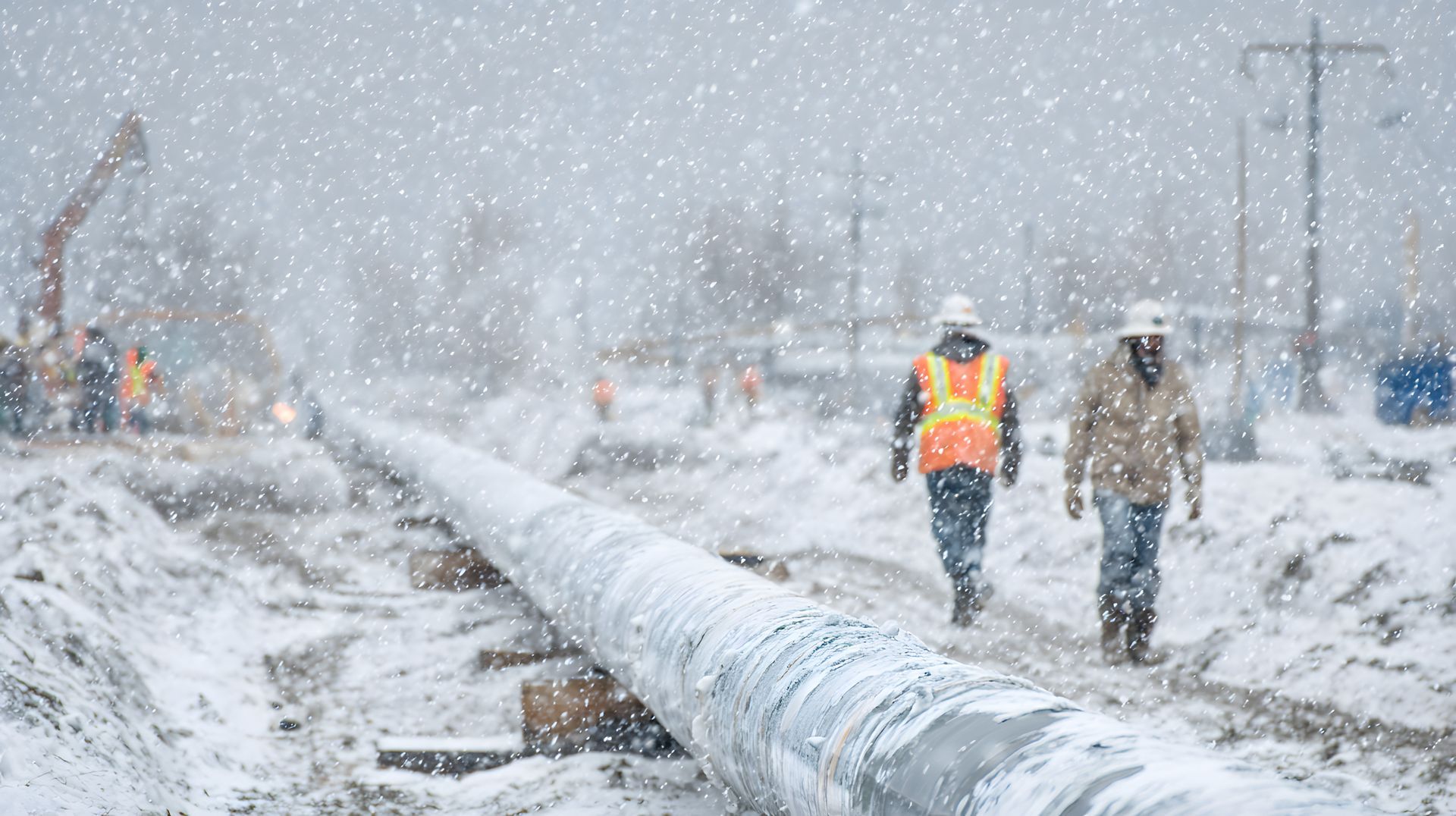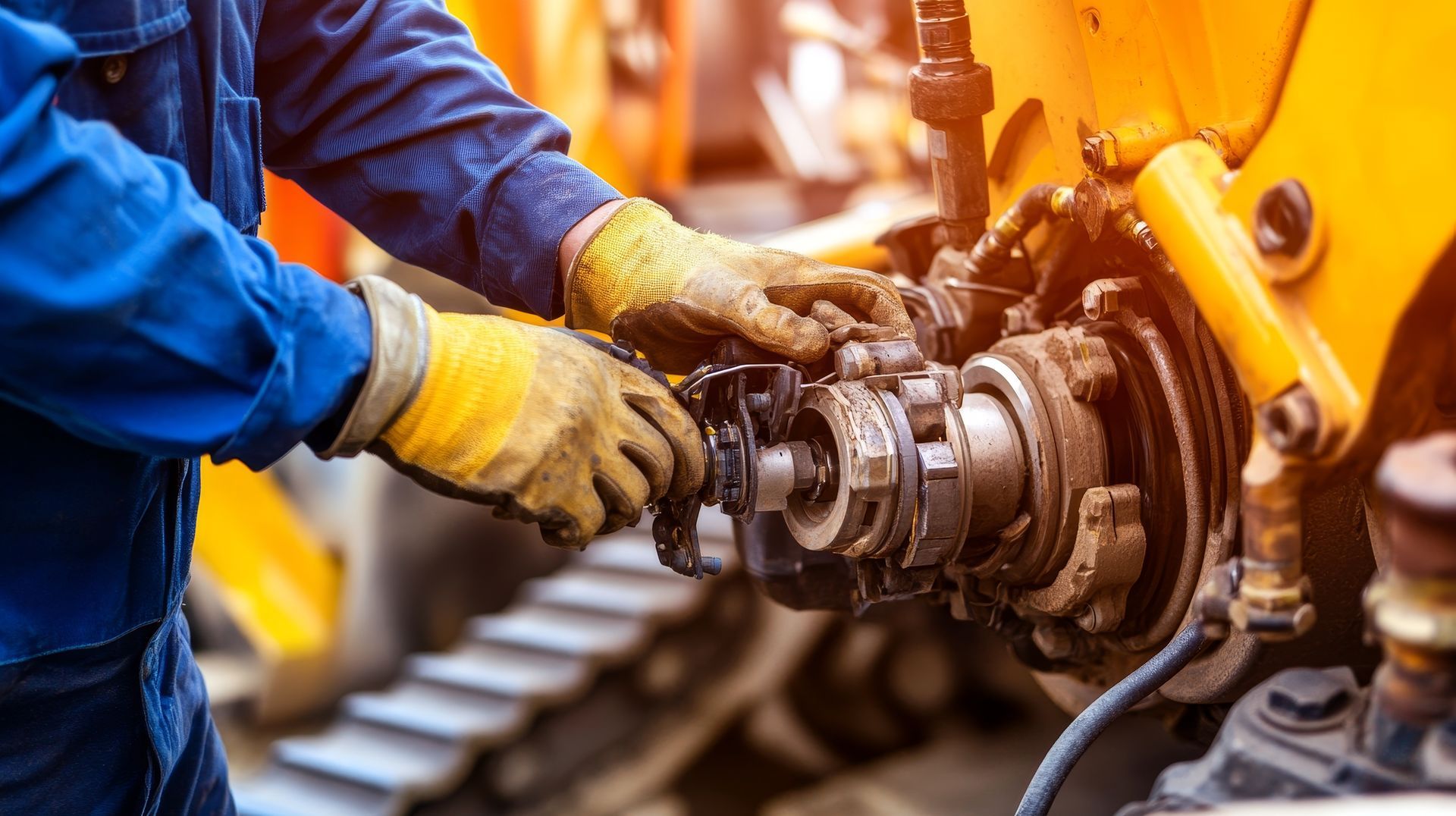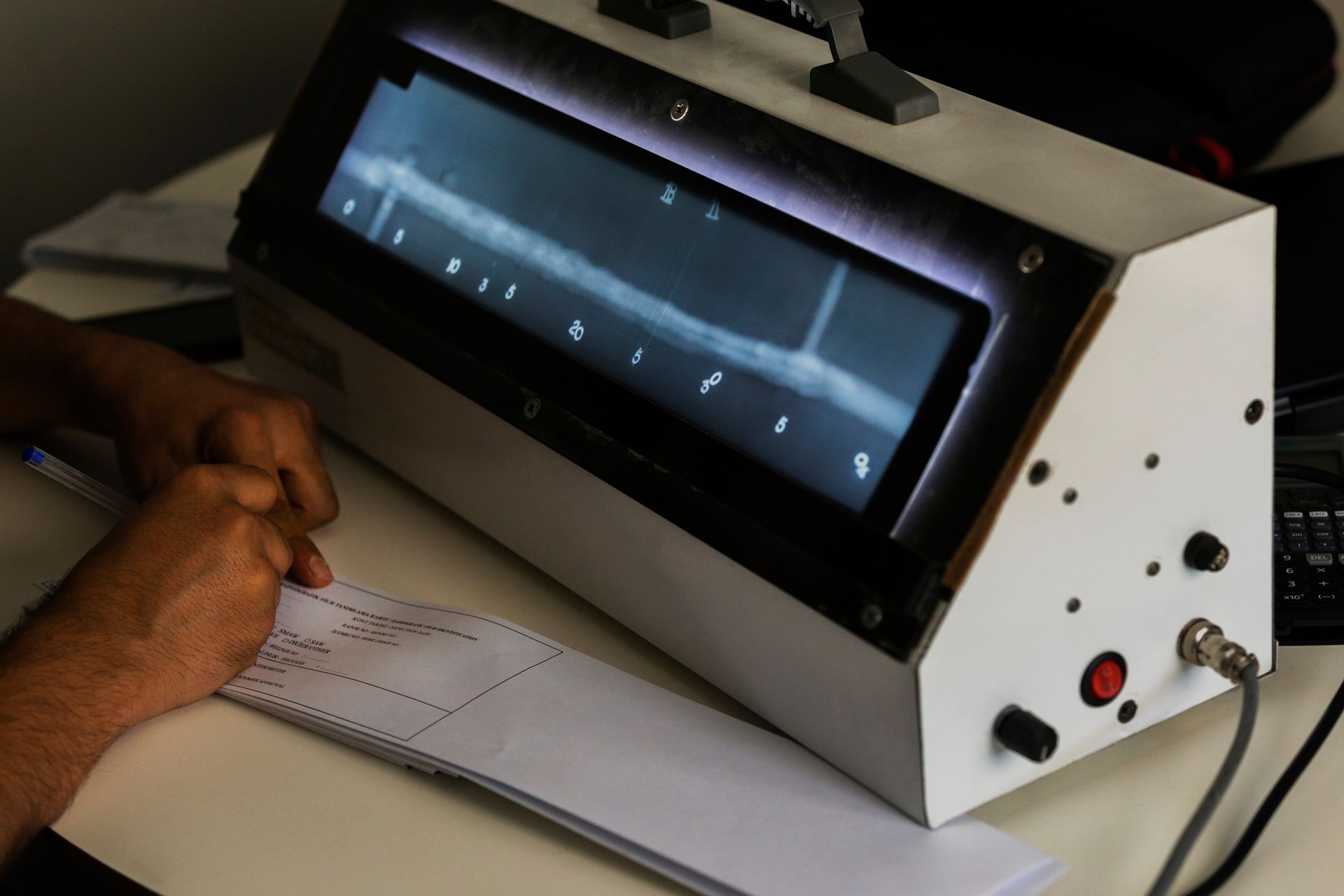Why the World Would End Without Leak Detection Equipment
December 9, 2021
Leak detection equipment is a vital part of nondestructive testing. This type of testing is used to check for pressurization and other related concerns without doing any damage to the parts that are being tested. If it wasn’t for this kind of equipment being used on a regular basis, there are plenty of bad things that could happen. Here are just a few of the concerns that end users would have to deal with if they didn’t have the benefit of knowing that the systems and parts they need were thoroughly tested for leaks before they received them.
Parts and systems would explode
Without proper leak detection techniques and the equipment that makes them possible, the parts and systems that are created wouldn’t get tested properly. These parts and systems would then be in danger of exploding when they were put under pressure, which could cause serious problems. Not only could people be at risk, but the structures into which these systems were installed would also be at significant risk of damage due to explosions. Even the leaks themselves could cause high levels of harm.
People would be hurt or killed
Not only the explosions that could result, but the leaks that would occur, could be very dangerous to people working and living in the structure or in the immediate area. Depending on what was leaking, there could be toxic or dangerous substances spilling out of a part or a system that was designed to keep that substance contained. Over time, these kinds of substances could end up poisoning people through contact with the substance or through the inhalation of a chemical that is dangerous to human beings. The number of people injured or killed could be significant.
Costs would soar due to damage and replacement issues
With leaks and the potential for explosions to consider, there are serious costs that could occur without the use of equipment for leak detection. Not only would the parts and systems where the leaks occurred become damaged and have to be replaced, but the structures around them could also have problems. That’s an important issue to consider, and one of the reasons that the world would probably end if there wasn’t good equipment that could be used for leak detection. With the right kind of equipment, no one has to worry about the potential for significant cost and damage.
The world might not technically end without the equipment used for leak detection, but it could definitely be a more frightening and dangerous place to live in. Rather than take that kind of risk, it’s much better to have proper leak detection equipment in place, so everyone from the creators and testers of the parts and systems to the end users have less to worry about. The safety and peace of mind that come with proper equipment for the detection of leaks goes a very long way toward keeping nondestructive testing methods up to date and successful.





